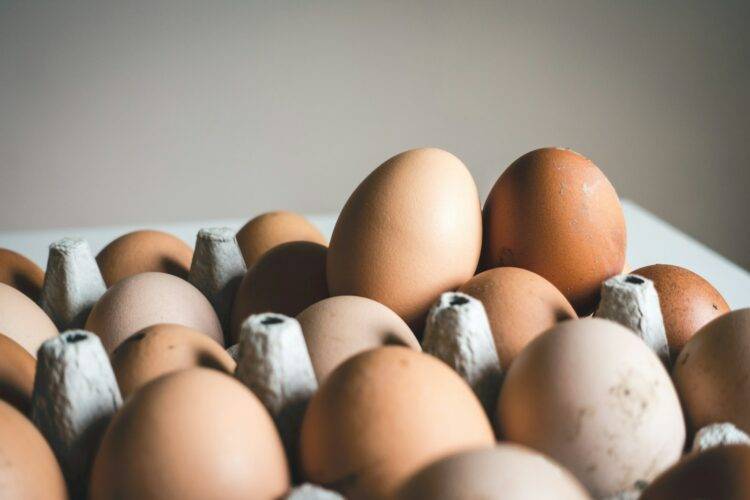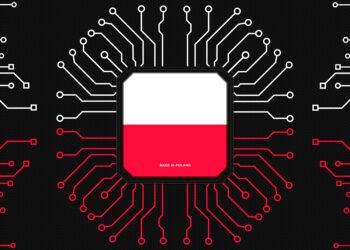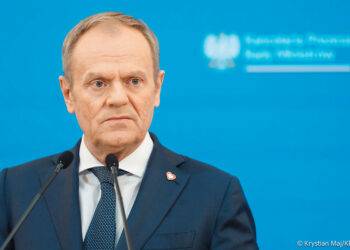Poland has solidified its position as one of the world’s leading exporters of eggs, supplying markets across Europe and beyond with products valued at nearly €500 million annually. The country’s success in the egg industry underscores its growing influence in the global agricultural sector, driven by high-quality standards, competitive pricing, and strategic trade relationships.
A Thriving Export Market
Polish eggs are particularly sought after in European Union countries such as Germany, the Netherlands, and the Czech Republic. Germany remains the largest importer, accounting for over €114 million of Poland’s egg exports in 2023. Other significant markets include France and the United Kingdom, which imported €41.2 million and €51.1 million worth of eggs respectively last year1. Beyond Europe, Polish eggs also reach destinations like Israel, Iraq, and the United Arab Emirates, showcasing their international appeal.
The demand for Polish eggs surged notably in early 2025 due to global shortages caused by avian flu outbreaks in major producing countries like the United States. In January alone, Poland’s egg exports rose by 35% compared to December 2024. This growth highlights Poland’s ability to adapt to shifting market dynamics and meet international needs.
Quality and Competitiveness
Polish eggs are renowned for their high quality, adherence to stringent EU standards, and affordability. Radosław Jarema, head of Akcenta’s Polish division, emphasized that these factors make Polish eggs highly competitive on the global stage. “Polish producers consistently deliver eggs that meet rigorous requirements while maintaining attractive prices,” Jarema said.
The country’s diverse production methods—ranging from cage systems to organic farming—allow it to cater to a wide array of consumer preferences. This adaptability is critical as global markets increasingly demand sustainable and animal-friendly products.
Economic Impact
Egg exports play a pivotal role in Poland’s agri-food sector, contributing significantly to national income and bolstering trade relations. In 2023, Poland exported $467 million worth of eggs while importing $88.7 million, primarily from neighboring countries like the Netherlands and Ukraine25. The export figures highlight Poland’s net positive trade balance in this category.
Poland’s ability to maintain low production costs through modern farming technologies further strengthens its competitive edge. Large-scale farms equipped with advanced systems ensure efficiency while keeping operational expenses manageable.
Challenges and Opportunities
Despite its success, Poland faces challenges such as increasing competition from other exporters and evolving consumer demands for cage-free systems. Reports indicate that transitioning to more sustainable production methods will be essential for maintaining market share in the coming years148. Additionally, compliance with strict sanitary standards is crucial for expanding exports to regions like the Middle East.
Looking ahead, experts predict continued growth for Polish egg exports as producers invest in modern technologies and logistics systems. By addressing sustainability concerns and adapting to changing regulations, Poland is well-positioned to remain a dominant player in the global egg market.
Global Context
Poland ranks among the top three egg exporters worldwide, trailing only behind the Netherlands in Europe. Its growing reputation reflects not only economic success but also its ability to navigate complex international trade landscapes during periods of heightened demand.
As global food markets evolve, Poland’s strategic approach to egg production and export serves as a model for other nations seeking to enhance their agricultural sectors. With consistent quality and competitive pricing at its core, Polish eggs are poised to remain a staple on store shelves worldwide.


















